Pine "Negishi": description of the variety, planting and care features
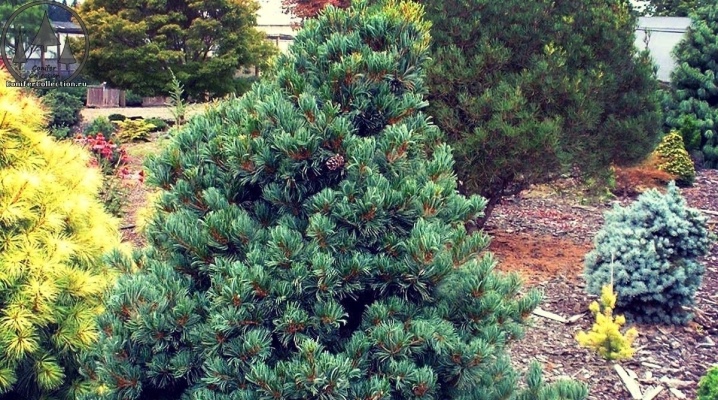
Japan and the Kuril Islands are considered the birthplace of Negishi pine. However, thanks to the efforts of breeders, today this tree can be found in Russia and on the Black Sea coast.
Description
Parviflora "Negishi" is a variety of white pine, which can reach a height of about 6 meters. This dwarf shrub grows at an average rate. The crown of the tree is conical with dark green needles, which has a silvery tint on the inside. The bark of the plant is smooth, however, with age, it becomes covered with scales. The needles have an unusual appearance: they are soft, curved, arranged in bundles of 5 pieces.
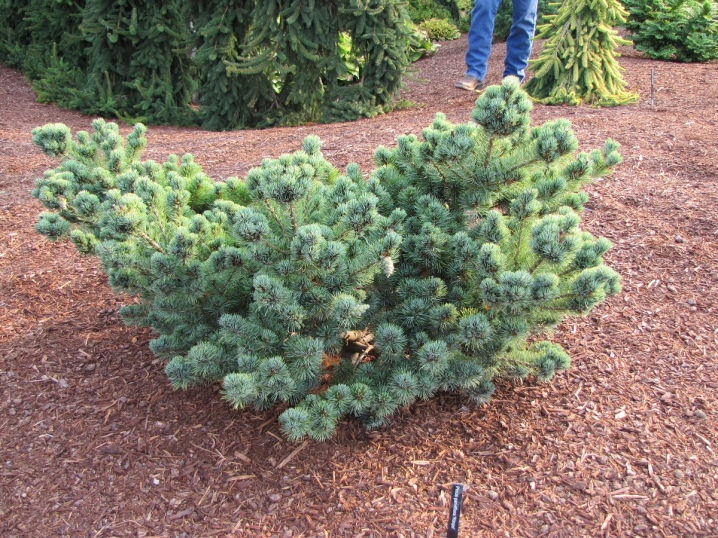
The flowering period of the plant is in May. At the end of this stage, oval-shaped cones are formed on the small-flowered pine, having a length of 8 to 12 centimeters. Cones ripen in 2-3 years, however, they can hold on much longer.
Parviflora is characterized by high resistance to urban polluted environment. Also, the pine of this variety is characterized by frost resistance, due to which it can withstand temperatures up to -30 degrees.
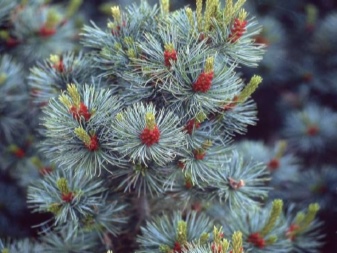
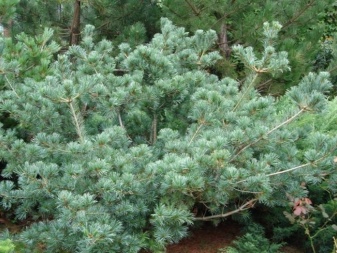
White pine is considered an unpretentious plant with excellent decorative characteristics. The advantages of this plant include the following:
- high decorative qualities that help to decorate the territory;
- lack of exactingness to the quality of the soil;
- an adult plant does not need regular watering;
- the ability to endure sudden temperature changes;
- a positive effect on the state of human health, namely its respiratory organs.
The disadvantages of growing Negishi pine are its ability to shade other small plants, as well as the fact that its root system is capable of destroying the foundation.



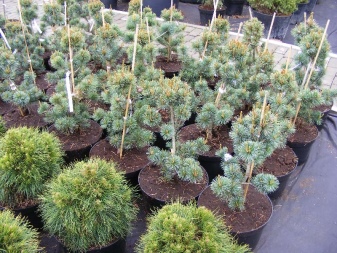
Landing
Parviflora can be planted with seeds or seedlings. The seeds should be harvested in the last winter month, during the opening of the buds. Initially, the planting material needs to be soaked in water for a day, after which it is wrapped in gauze and sent to the refrigerator for several months. In order to prepare containers for planting pine, they need to be covered with nutritious soil from the store.
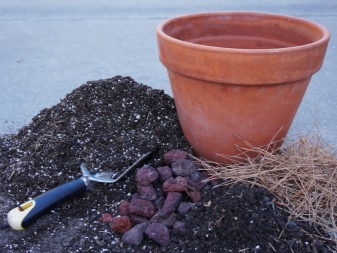
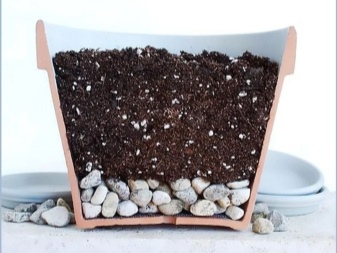
Seeds should be planted in the ground to a depth not exceeding 1 centimeter. The next step is to water the planting so that the soil becomes moist, but not wet. The container with the planted seeds should be covered with glass, improvising a greenhouse. After punching the sprouts out, the glass lid should be removed, and the pot should be sent to the windowsill. It is necessary to grow pine seeds throughout the year, after which they are planted separately in the ground or in pots.
If you want to plant a Negishi seedling, you need to choose the right young plant. Planting material should be bright, healthy, and have strong branches. The root system of the tree should not be rotten.
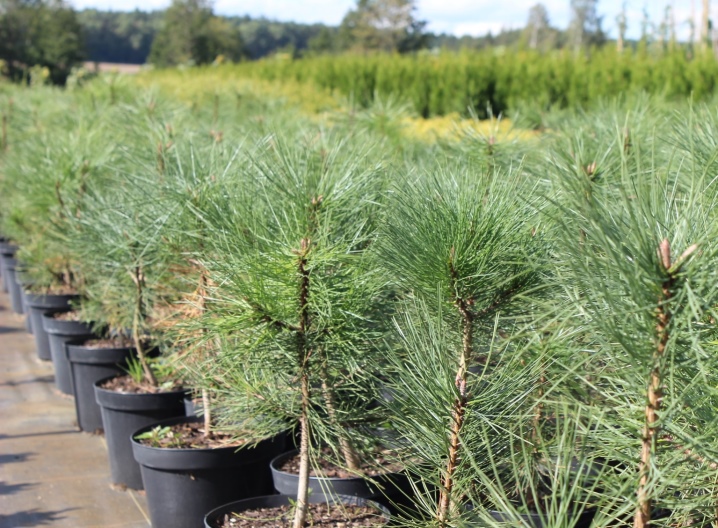
Stages of planting seedlings of white pine.
- Choose a place and prepare a pit. The site of the future planting should be well lit, while the rest of the flora should be no closer than 200 centimeters. The distance between the pines that are planted in a row should be 100–150 centimeters. The diameter of the hole for the seedling should be 60 centimeters, and the depth - 0.5 meters. The bottom of the pit must be covered with rubble mixed with expanded clay. The layer is made 10 centimeters.
- Prepare nutrient mix and fill the well. The first step is to mix turf and sand in a ratio of 2 to 1. If the soil is too poor, you need to pour complex fertilizer on the bottom. The well should be filled with the prepared mixture by about 2/3. In the center, you will need to make a recess for planting a tree.
- Drop the Negishi. The seedling should be carefully removed from the container or bag, without damaging the earthen coma. If a young pine tree grows in the soil, then it must be dug out with special care. The seedling must be placed in a hole, while the root collar should not be below the soil level. The hole should be covered with substrate to the top and well compacted. To prevent the liquid from spreading, you can make a small depression around the barrel.
- Water the planting. After planting, the pine must be watered abundantly and mulched with peat or black soil.

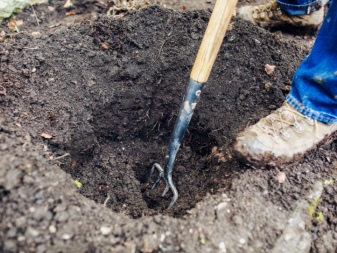
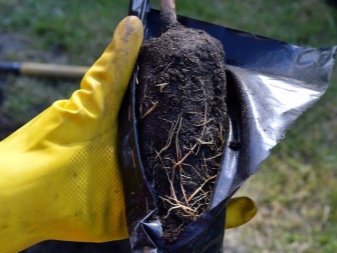
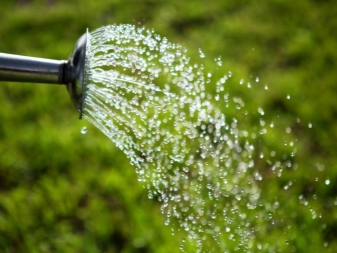
Care
In order for the white pine to please with its splendor, it needs some care measures. It is worth watering the plant as needed. In the spring, irrigation should be carried out only in the absence of rain for a long time. If precipitation is observed at least once every two weeks, then watering the tree is not required. During the sultry heat and dry summer, it is necessary to irrigate "Negishi" once every 7 days. The best option at this time of the year will be to sprinkle the crown, which will saturate the needles with moisture, and also wash away dust from it.

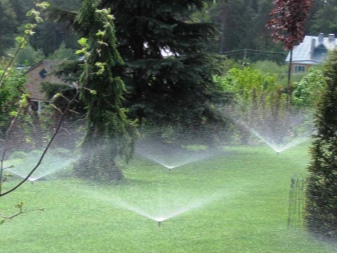
It is necessary to loosen the trunk circle immediately after the soil has warmed up. This activity will destroy the dense topsoil that has formed during the winter period of the year and will improve the air exchange of the root system.
The loosening depth should be 0.1 meters. In summer, loosening is necessary after rains and watering. Autumn loosening should be carried out in early October.
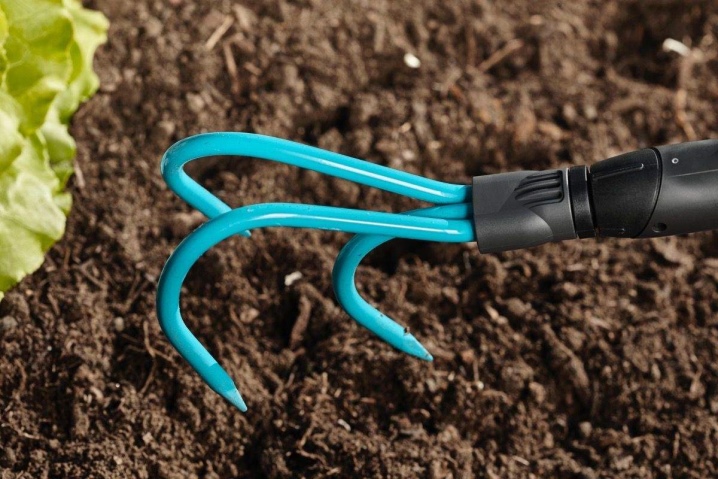
After the autumn loosening, the trunk circle should be mulched to protect the roots from frost. It is necessary to feed white pine with organic fertilizers. Wood ash is considered a worthy option. Three liters of the substance must be diluted in a bucket and insisted for several days. After 3 days, the substance is stirred and poured under the root of the tree.
Feeding with ready-made mineral complexes should be carried out in early spring, when the plant really needs micro- and macroelements. When applying dressings, you should strictly follow the instructions.
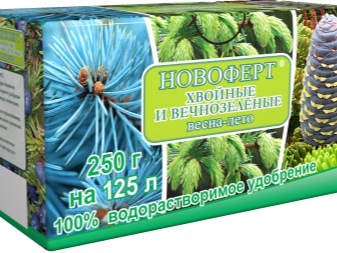

White pine needs sanitary pruning every spring. To do this, you need to carefully examine the tree, and then eliminate the damaged, yellowed and broken branches. The place of each cut should be treated with a garden pitch. Formative pruning should be done as needed. After determining the desired shape, it is worth trimming everything unnecessary. If you want to limit the growth of parviflora in height, it is worth pinching the upper shoot.
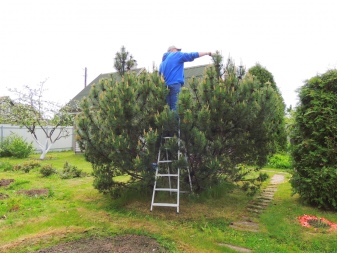
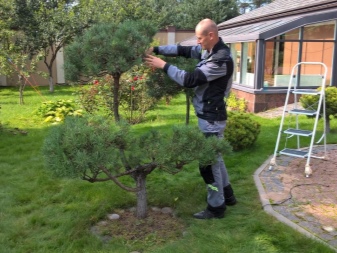
Use in landscape design
Landscape designers appreciate the white pine for its beautiful crown, unpretentious care, as well as its unique smell. Interestingly, the Japanese coniferous representative looks on the trunk. This versatile coniferous plant is suitable for a wide variety of design compositions. The dwarf tree looks great against the background of a rocky, grass or heather mound. "Negishi" is an ideal option for decorating a small area, as large trees need a lot of space.
Growing primroses under a coniferous plant looks very beautiful and natural.
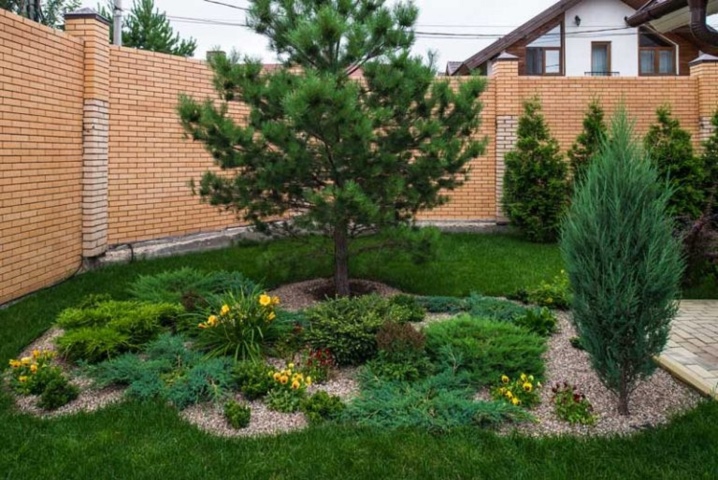
Pines are in harmony with pears, apple trees, thujas, they look great against the background of acacias, barberries and rowan trees. But near bird cherry, lilac and birch, parviflora should not be planted.
Japanese pine "Negishi" is a tree that not only looks beautiful, but can also be grown in different regions. Planting a plant does not imply anything complicated, as well as caring for it. In order for parviflora to please the eye for a long time, it is sometimes worth watering, mulching and loosening the trunk circle.A healthy coniferous representative of the flora can be an excellent decoration for a personal plot.


For the small-flowered Negishi pine, see below.



































































The comment was sent successfully.